Very often, we encounter a situation where entering a public toilet leaves us shocked due to the dirt inside. According to research conducted by NSF International, about 90% of toilet users admit that they have to go through contortions to avoid direct contact with impurities. They perform their needs in a semi-standing position, turn on the water and open the door handles with paper towels or elbows, press the flush button with their foot, and so on. In general, everyone is terrified of touching anything while in a public toilet.
Can you get infected in a toilet?
Public toilets are places that many of us visit on a daily basis. They are often found in shopping centers, restaurants, cinemas, train stations, and other public places. While many of these toilets are carefully maintained and kept clean, there is still a risk of infection with various diseases that can be transmitted there.
-
Bacteria: Public toilets can be a habitat for many bacteria such as E. coli, Salmonella, or Staphylococcus. They can be found on the toilet seat, door handles, sinks, hand dryers, and other surfaces. Direct contact with these bacteria can lead to gastrointestinal infections or skin infections.
-
Viruses: Viruses can also survive on various surfaces in public toilets. For example, the flu virus can be transmitted through touching door handles, light switches, or pressing flush buttons. Touching the nose, eyes, or mouth after such contact can lead to infection.
-
Parasites: Some parasites can be transmitted through contaminated toilet water. For example, giardia is one of such parasites that can cause gastrointestinal infections.
-
Fungi: The moist environment in the toilet can promote the growth of fungi such as mold. This can lead to skin, respiratory, or eye infections in people with weakened immune systems.
-
Sexually transmitted diseases: There is also a risk of infection with sexually transmitted diseases such as chlamydia, gonorrhea, or herpes.
Is the toilet bowl the biggest breeding ground for bacteria?
Contrary to popular belief, the toilet seat is not the main breeding ground for bacteria, and even if there are any microorganisms present, the likelihood of infection is low. Research conducted at the University of Arizona has shown that even in portable toilets, which are facilities located outside buildings, there are fewer bacteria compared to picnic tables, playground equipment, shopping carts, or handrails on escalators.
Sitting directly on the toilet seat in a public restroom should not lead to contracting venereal diseases such as gonorrhea, trichomoniasis, fungal infections, or chlamydia. According to experts, bacteria causing these diseases quickly die outside their natural environment. However, as a preventive measure to increase safety, disposable toilet seat covers can be used.
Why it's worth leaving the toilet seat before flushing
Unfortunately, even if there are no bacteria on the toilet bowl itself, there is no guarantee that they will not appear there quickly. Regardless of how old the flushing device is, if the toilet seat is open during flushing, bacteria and viruses literally explode into the air along with droplets of water. This is called a bacterial cloud, full of bacteria, as well as dangerous rotaviruses and noroviruses, which can spread up to about 2 meters around the toilet, gradually settling on everything around. They most commonly cause diarrhea and gastrointestinal diseases. If the toilet bowl is not equipped with a toilet seat cover, which is sometimes the case in public restrooms, it is best to stand to the side of the toilet bowl when flushing, rather than leaning over it. This way, the main stream of the bacterial cloud will not be directed towards the face.
Regular disinfection of the
toilet bowl with appropriate detergents and the use of toilet disinfectant blocks are essential. Nevertheless, it is always important to lower the toilet seat before flushing.
Bathroom Faucets and Sinks
Bathroom faucets and sinks are indeed places where there are significant accumulations of bacteria, viruses, and fungi. This is due to the high levels of humidity and warmth, which promote the growth and viability of microorganisms. Additionally, if they are not electronic faucets, they are constantly touched by different people, transferring additional microorganisms to their surfaces.
Bathroom fixture manufacturers make every effort to reduce the risk of infection. To achieve this, they limit users' contact with the toilet fixtures. The best solution, especially in intensively used facilities, are electronic faucets with a photocell, as well as
touchless liquid soap dispensers or
automatic paper towel dispensers.
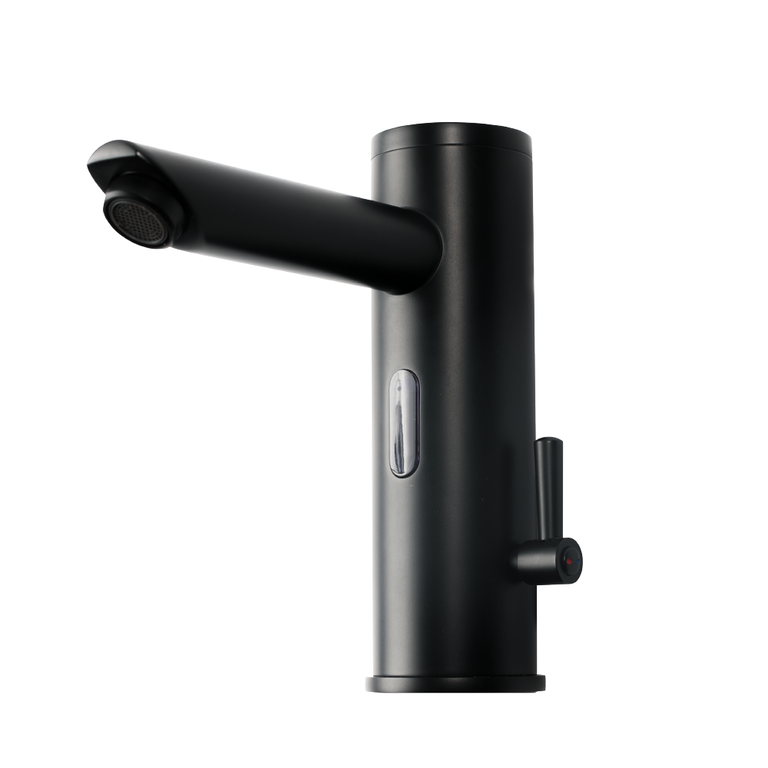
Free-Standing Bathroom Faucet with Photocell 2x1/2" 6V Black
Sanitary Waste Bins
Trash cans and sanitary waste bins are considered to be one of the most contaminated areas in the toilet. Due to the increased risk of infection, many people, especially women, try to avoid using them. These concerns are not unfounded, as research also indicates that the contamination of sanitary bins is significant and the waste can be hazardous. A solution in this case can be touchless waste bins, which ensure the highest level of cleanliness and comfort, or sanitary bins with a special design for minimizing contact with impurities, or even traditional pedal bins that are not touched with hands.
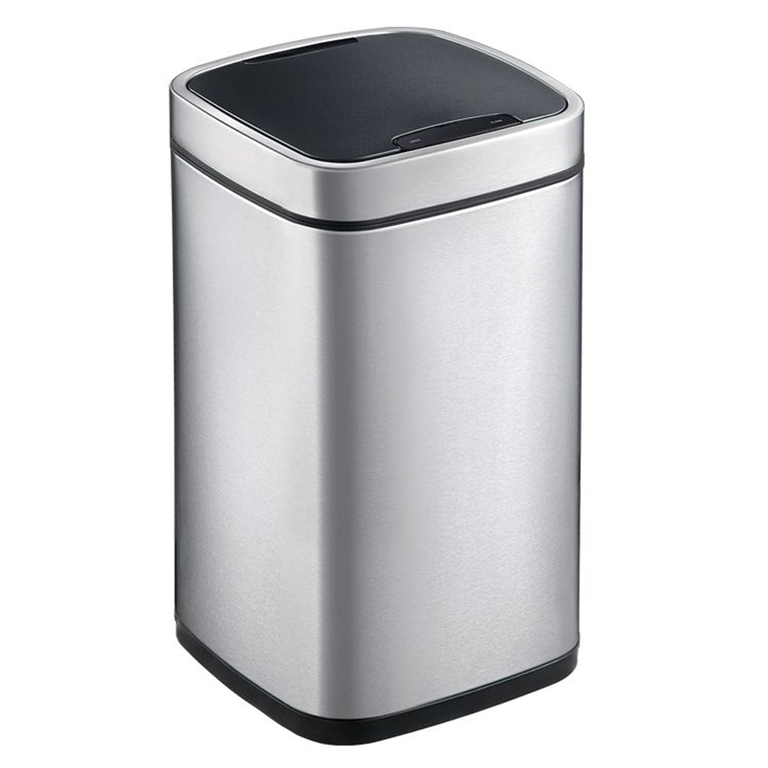
Automatic Waste Bin 12 liters Merida SENSOR matte steel
Where else are the dangers lurking in the toilet?
It is worth being aware that microorganisms are present on all those surfaces that are frequently touched by different people, such as buttons, handles, door handles, flush buttons, etc. Furthermore, another problematic area in the toilet is the floor. Water splashes, often already contaminated, humidity, and dirt brought in from the outside - all of this creates an ideal environment for the growth of microorganisms. Therefore, it is not advisable to place bags, clothing, or other objects on the bathroom floor. It may seem obvious, but some people still throw various items on the floor.
When it is known where the largest accumulations of bacteria are and how they spread, posing a threat to health, preventive measures can be taken by using appropriate toilet fixtures and subjecting them to regular cleaning and disinfection with suitable
cleaning agents. It is also important to ensure that the cleaning service is equipped with
professional cleaning equipment that allows effective work. A great solution is a touchless cleaning system that uses high-flow release of cleaning liquid. The benefits of this method include time savings - cleaning the device takes only a minute, as well as increased efficiency of cleaning personnel.
Marcel Apola
All rights reserved. No part of this publication (text, graphics, images, photos, files, and other data) presented in the OLE.PL online store may be reproduced or distributed in any form or by any means without prior permission. All trademarks, graphic marks, trade names, and other data are protected by copyright and belong to their respective owners.

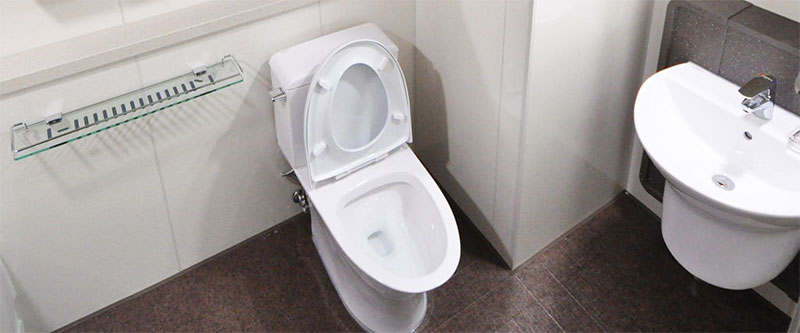
 Free-Standing Bathroom Faucet with Photocell 2x1/2" 6V Black
Free-Standing Bathroom Faucet with Photocell 2x1/2" 6V Black
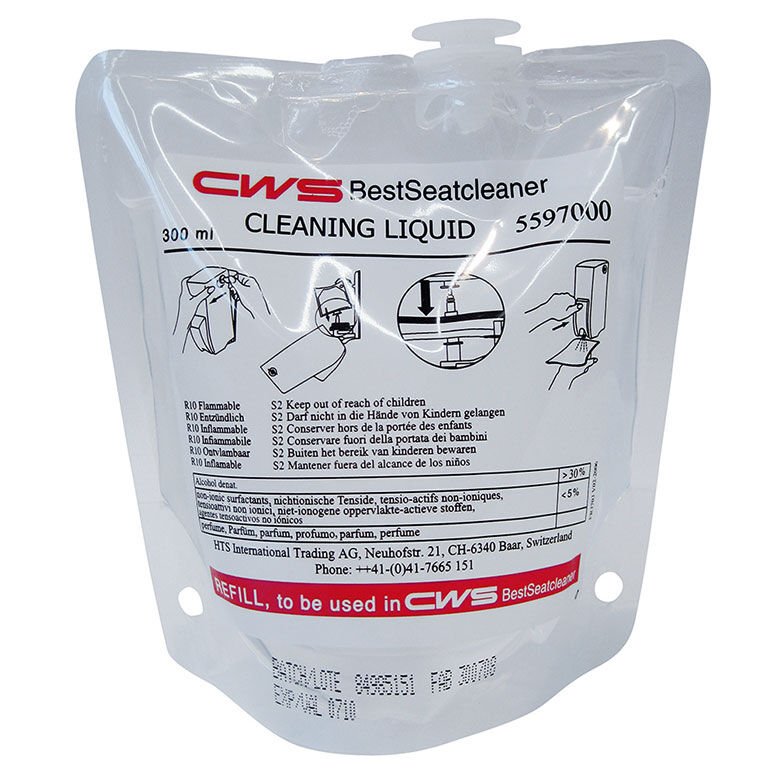
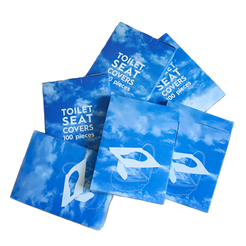


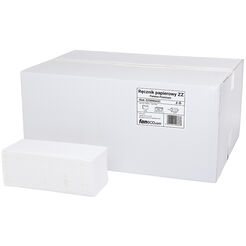
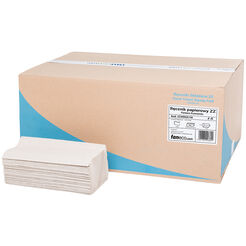

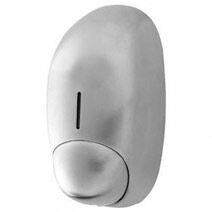
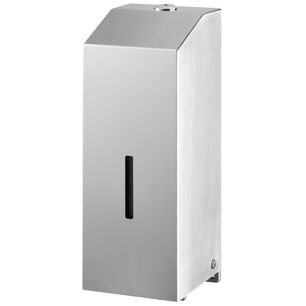
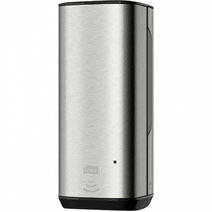
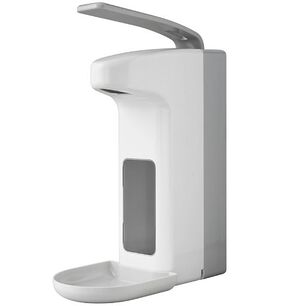
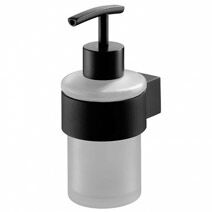
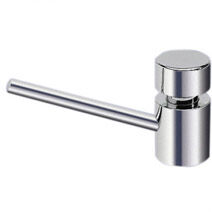
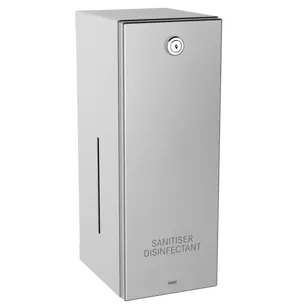

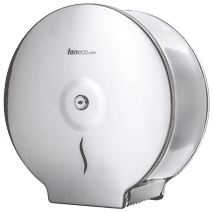
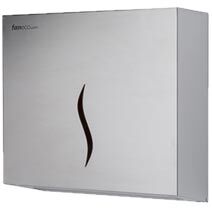
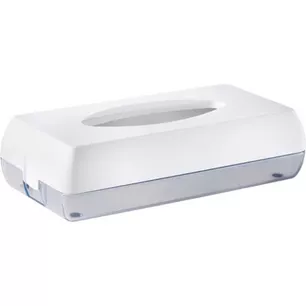
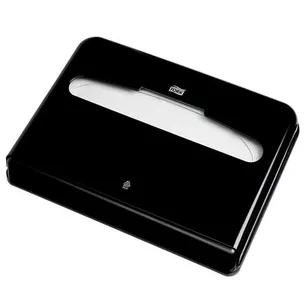
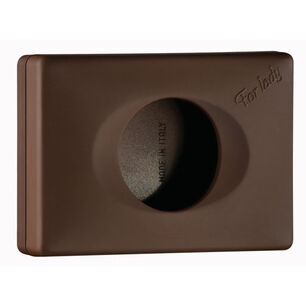
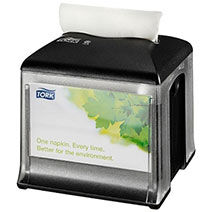
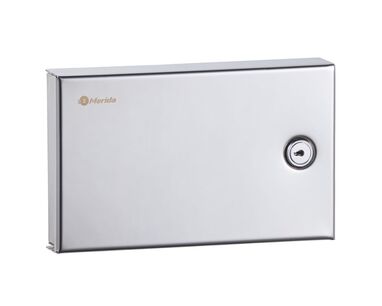
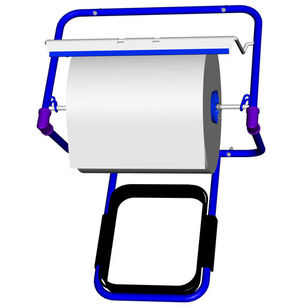
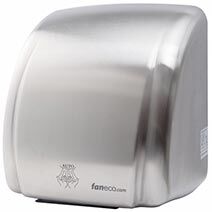
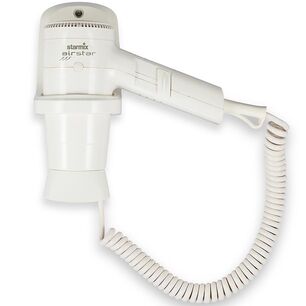
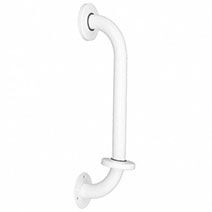
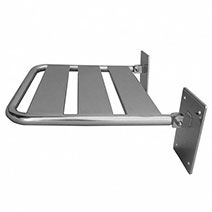
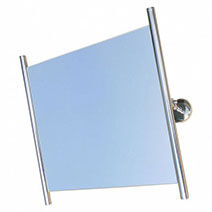
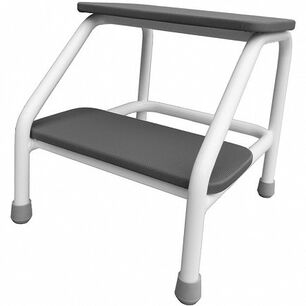
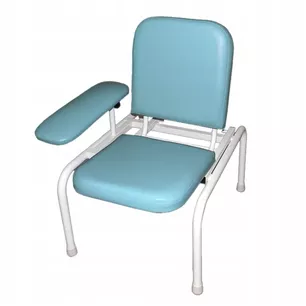
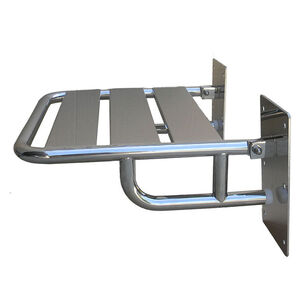
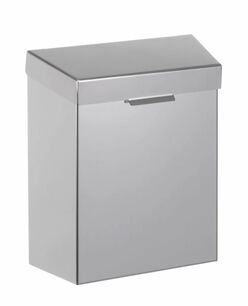
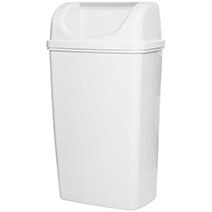
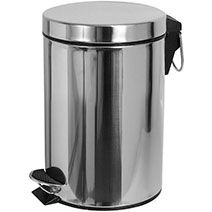
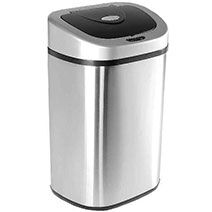
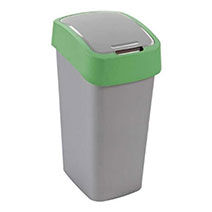
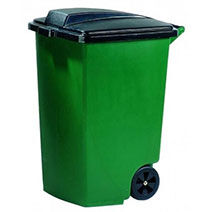
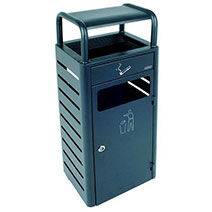
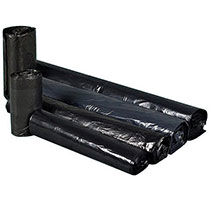
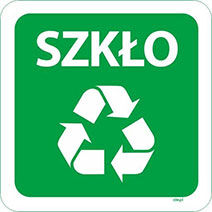
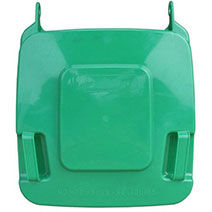
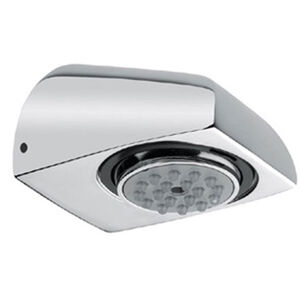
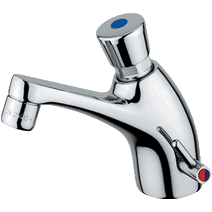
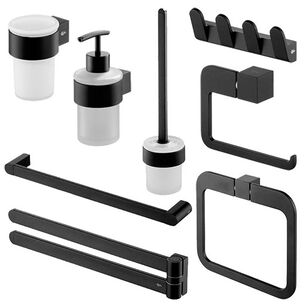

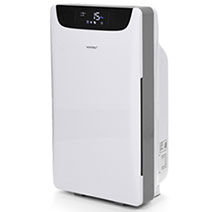
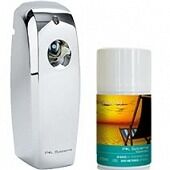

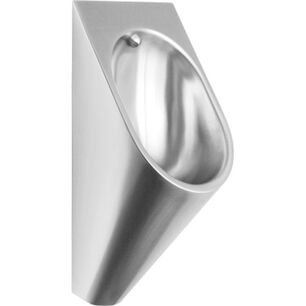
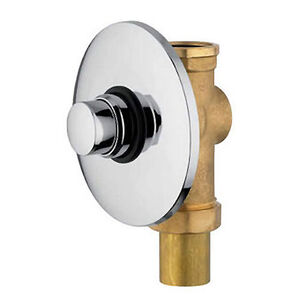
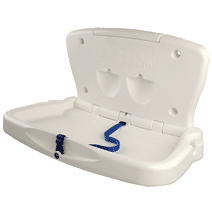
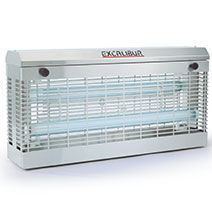
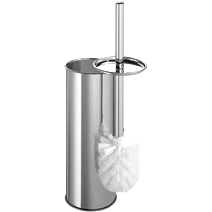
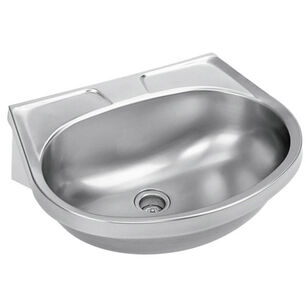
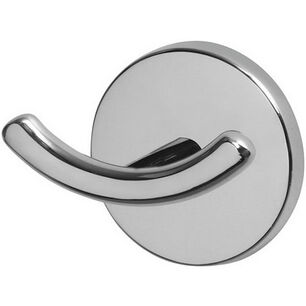
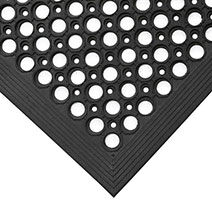
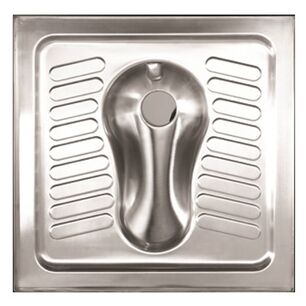
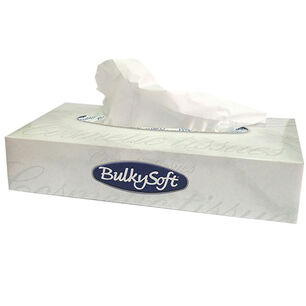
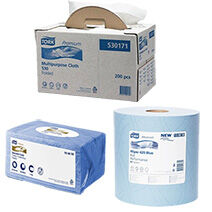
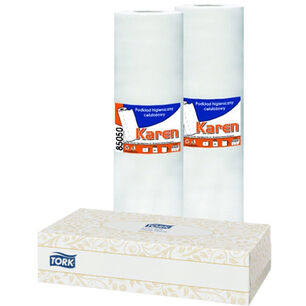
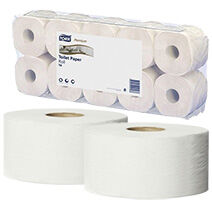
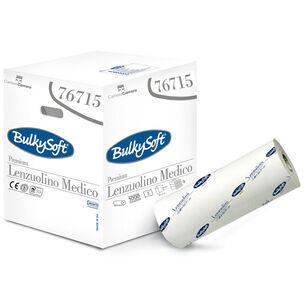
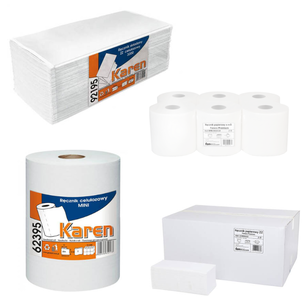
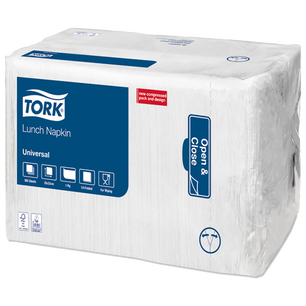
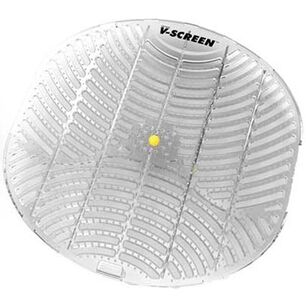
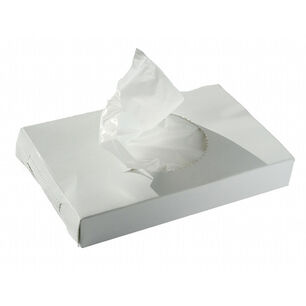

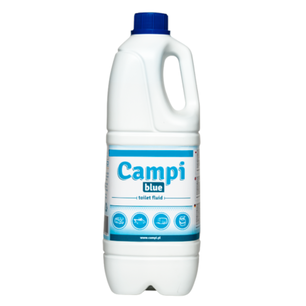
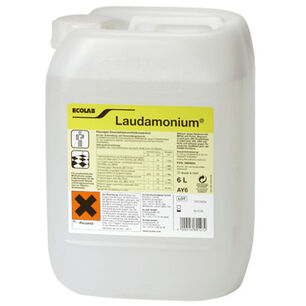
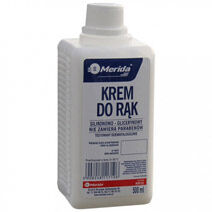
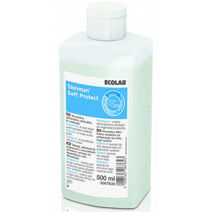
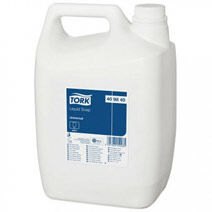
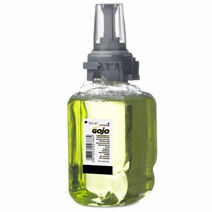
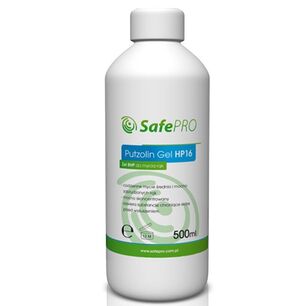
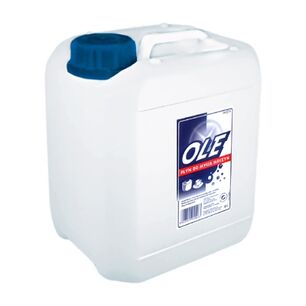

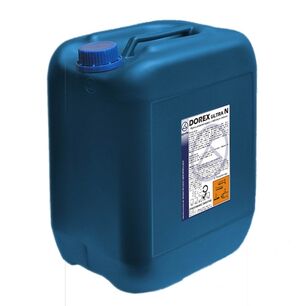
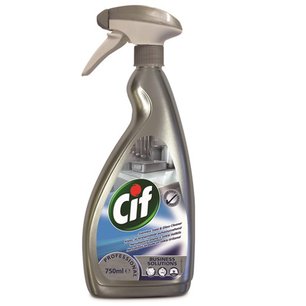
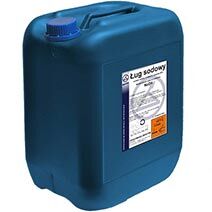
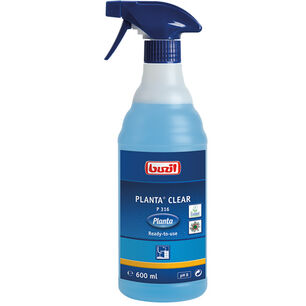
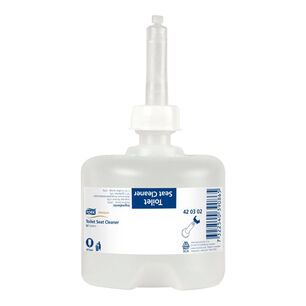
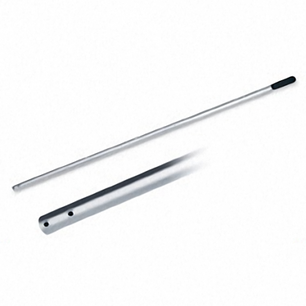
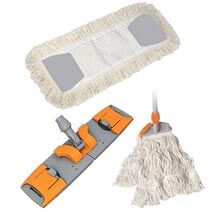
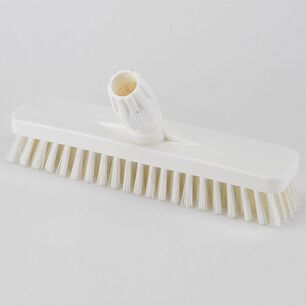
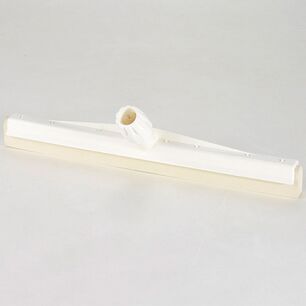
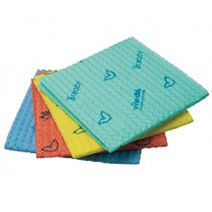
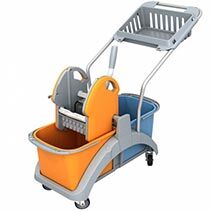
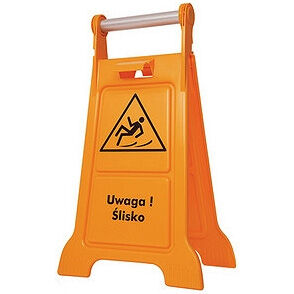

 Polski
Polski
 Czech
Czech
 German
German
 Spanish
Spanish
 Slovak
Slovak